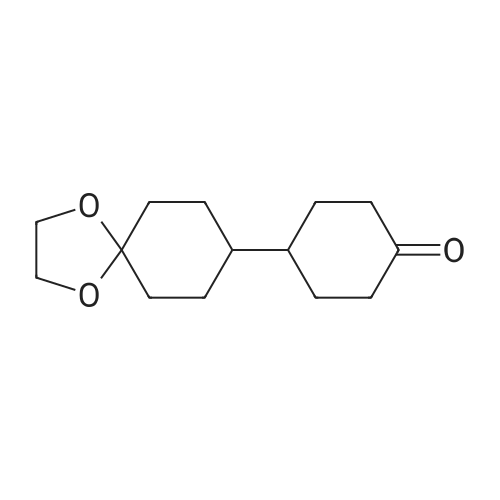Core Differences: Examining Branched Versus Linear Substituents’ Influence on Tri(octyl)phosphonium-Based Ionic Liquid Physical Properties
Mathias A. Perone
;
Rusty L. Blanski
;
Kellsie G. Knoerzer
, et al.
J. Mol. Struct.,2024,139378.
DOI:
10.1016/j.molstruc.2024.139378
More
Abstract: During the investigation of room temperature ionic liquids (RTILs) produced from tri(2-ethylhexyl)phosphine, it was discovered that the common core tri(n-octyl)phosphine was also significantly underreported. This void in the literature prompted an investigation to explore the influence of branched versus linear substituents’ influence on physical properties. To facilitate a thorough structure-property relationship study, 28 ionic liquids were prepared from tri(n-octyl)phosphine to compare against their branched counterparts. Thermal behavior was investigated by utilizing visual melting point determination, differential scanning calorimetry (DSC), and thermogravimetric analysis (TGA), with emphasis placed on the examination of physical states, phase transitions (including solid-solid), and degradation. Remarkably, all materials produced here are ionic liquids (mp < 100°C), with 16 of the 28 being liquids at room temperature. Standard analytical methods were utilized to assess the physical properties of the compounds, namely density, viscosity, surface tension, and solubility/miscibility. Structure-property relationships were assessed, particularly focusing on the differences in physical properties between the tri(n-octyl)phosphine and tri(2-ethylhexyl)phosphine cores.
Keywords:
Room temperature ionic liquid ;
phosphonium cation ;
structure-property relationship ;
thermal analysis ;
physical properties ;
branching
Purchased from AmBeed:
18908-66-2
phosphonium-Based Ionic Liquid Physical Properties.png)
New room temperature ionic liquids prepared from an old phosphine: Using branching and diastereomeric mixtures to inherently benefit physical properties
Cena, Nicolas
;
Blanski, Rusty L.
;
Quintana, Ashlee S.
, et al.
J. Mol. Liq.,2023,380,121762.
DOI:
10.1016/j.molliq.2023.121762
More
Abstract: First reported in 1966-1967, the compound tri(2-ethylhexyl)phosphine appears to be a hidden gem for ionic liquids Although this compound offers many potential intriguing properties that are inherent due to its branching and diastereomeric nature, there is only a single report employing this material as an ionic liquid constituent. Through quaternization and anion exchange, a total of 24 new room temperature ionic liquids were prepared containing bromide (Br-), bis(trifluoromethanesulfonyl)imide (Tf2N-), hexafluorophosphate (PF-6), and tetrafluoroborate (BF-4) anions. In addition to the usual anal. methods, the compounds phys. properties such as d., solubility, viscosity, and surface tension were probed to ascertain their suitability for aerospace applications. Differential scanning calorimetry (DSC) and thermogravimetric anal. (TGA) were employed to study the thermal behavior of the materials focusing on phase transitions and degradation behavior. Remarkably, all ionic liquids prepared in this study are liquids at room temperature with relatively low viscosities and are soluble in many common organic solvents. Structure-property relationships were assessed, particularly focusing on the effect that the chain length appendage and/or anion type has on a given phys. property. An updated synthetic procedure and characterization of the tri(2-ethylhexyl)phosphine starting material are provided. A new synthesis procedure for the starting material silver(I) tetrafluoroborate is also reported.
Keywords:
Room temperature ionic liquid ;
Phosphonium cation ;
DSC ;
TGA ;
Diastereomer mixture ;
Branched alkane
Purchased from AmBeed:
18908-66-2


 Chemistry
Chemistry
 Pharmaceutical Intermediates
Pharmaceutical Intermediates
 Inhibitors/Agonists
Inhibitors/Agonists
 Material Science
Material Science















 For Research Only
For Research Only
 120K+ Compounds
120K+ Compounds
 Competitive Price
Competitive Price
 1-2 Day Shipping
1-2 Day Shipping


phosphonium-Based Ionic Liquid Physical Properties.png)








